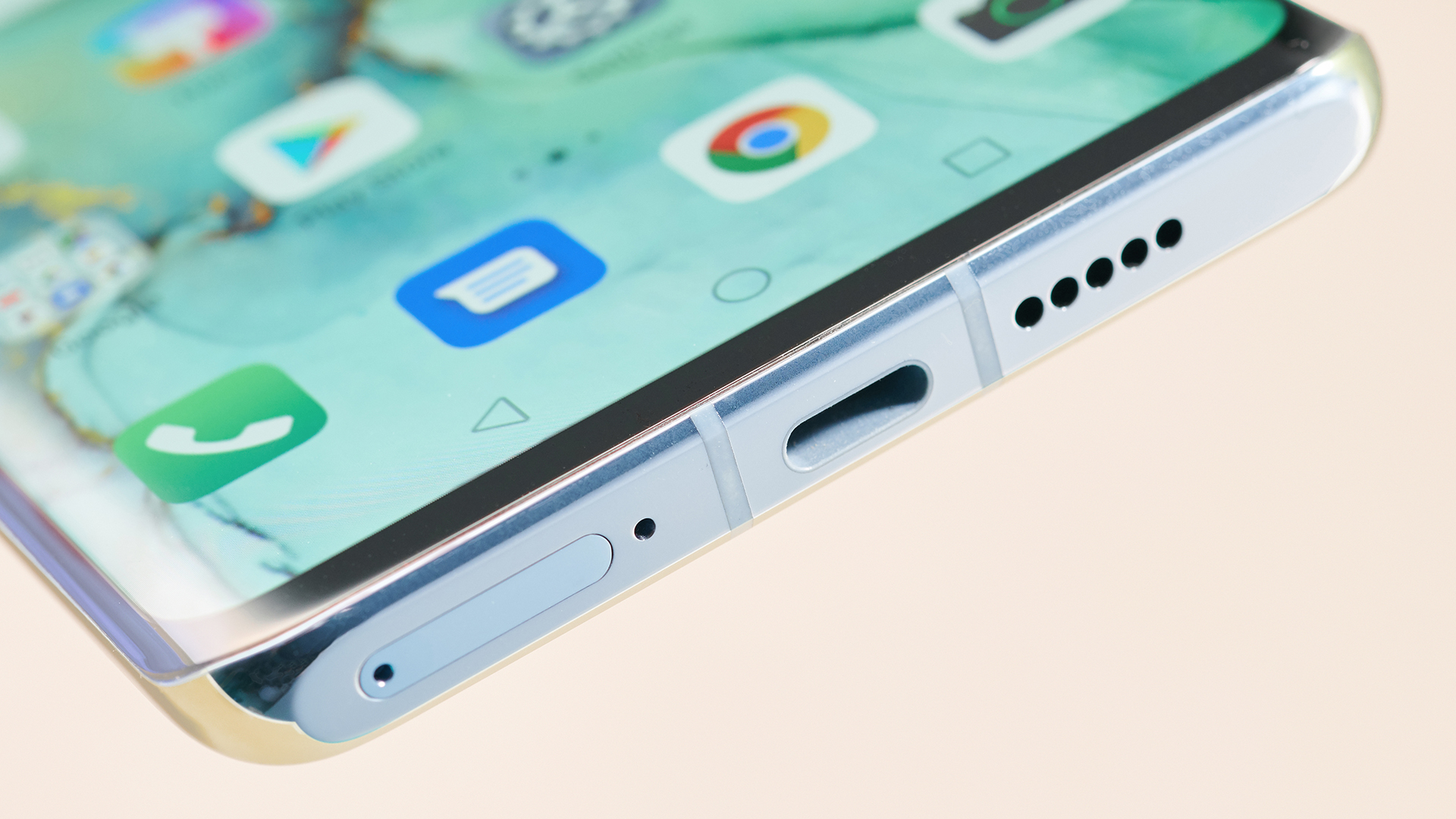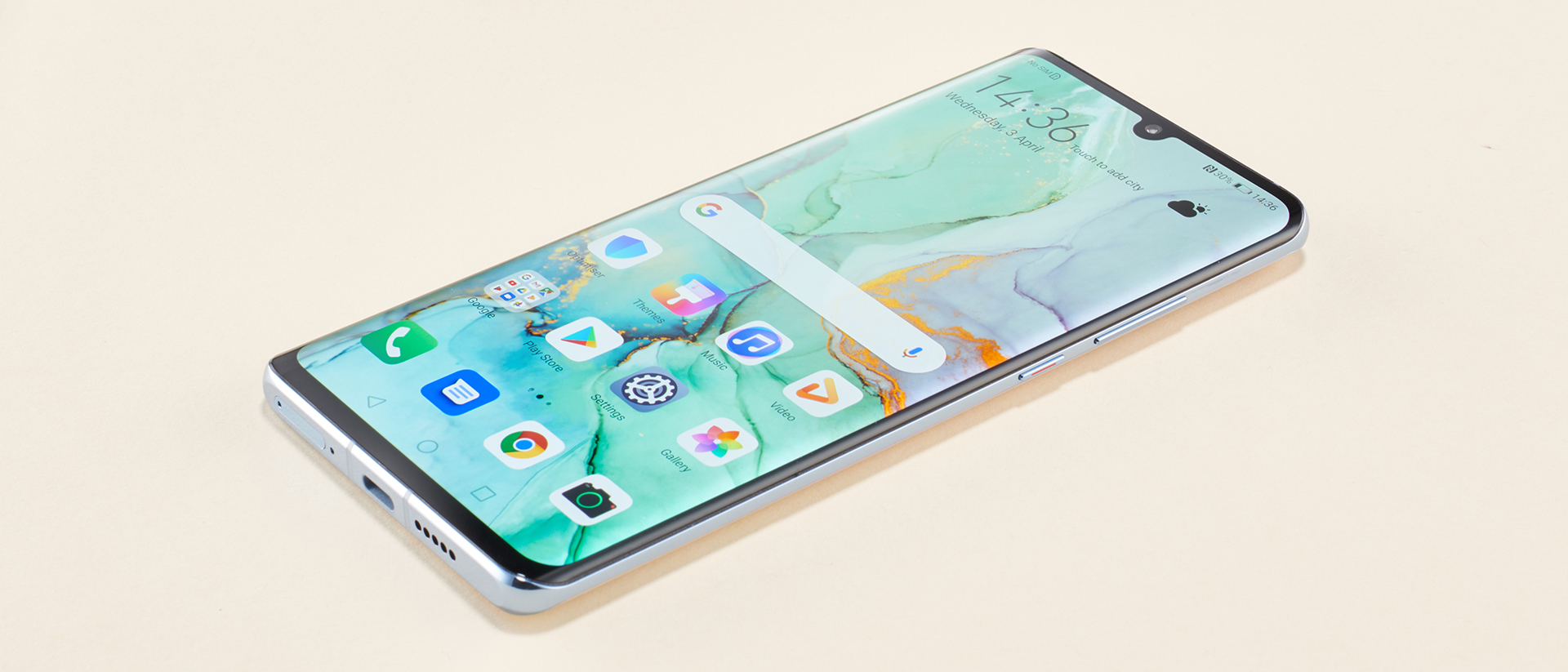Why you can trust TechRadar
Battery life
- Comfortably lasts a day and a half on a full charge
- Two days possible with lighter usage
- Reverse wireless charging is a useful extra
If the camera setup on the Huawei P30 Pro is the headline feature thanks to its ability to wow, the battery life is the unsung hero. This thing lasts.
The Huawei P30 Pro packs a 4,200mAh battery, which is larger than those in pretty much all of its rivals, and that number translates into excellent usage stats.
We were regularly taking the P30 Pro off charge at 7am and using it for a couple of hours of video, a few hours of music, and a good amount of calls, messages, gaming and emails throughout the day, and still getting to bed with at least 30% left in the tank.
Overnight, without a charge, the P30 Pro would only drop a couple more percentage points before being able to power us through until lunch the following day. With slightly lighter use, but still a decent slug of social media and camera action, we were able to stretch the P30 Pro to almost two full days before we needed to reach for the charger.
In today’s mobile world this sort of battery life is difficult to come by, with many handsets lasting a day relatively easily, but always needing a nightly charge to get through the next.

And this impressive performance is before you consider the power-saving modes that come with the P30 Pro, enabling you eke out as much use as possible as the battery level drops.
Power saving mode limits background activity, reduces screen brightness, turns off visual effects and disables auto-sync in apps to provide 30 minutes or so extra use (when you have around 20% left).
Sign up for breaking news, reviews, opinion, top tech deals, and more.
If you’re in a more extreme situation, you can opt for ultimate power saving mode instead, which effectively doubles the battery life you have left by switching you to a basic monochrome interface and only providing you with only a handful of apps of your choosing.
We wouldn’t recommend switching this on unless you’re under 15% and still need the basics of your phone for a few more hours, but it’s good to know it’s there.
While real-world battery performance is certainly impressive, the Huawei P30 Pro didn’t fair quite so well when we put it through our battery test. We played a 90-minute, Full HD video on the handset with screen brightness at full and accounts syncing over Wi-Fi in the background.
When the 90 minutes were up the P30 Pro had lost 18% of its charge. That’s not a disastrous result, but we were expecting less than 10% to be lost. The key takeaway here is that if you’re planning on watching a lot of video or enjoying an extended gaming session on the handset, you’ll want to keep an eye on the battery level.
A feature carried over from the Huawei Mate 20 Pro to the P30 Pro is reverse wireless charging, allowing you to charge other Qi wireless charging supported devices on the rear of the P30 Pro.
It’s a feature we’ve seen Samsung adopt for its S10 series since, and it’s good to see Huawei continue to offer the technology on its flagship handsets.
The charge speed isn’t overly quick, so if your friend’s phone has run out of juice it’ll take a while to get back to a decent percentage, but it’s something we found ourselves using a lot for topping up our wireless headphones.
It’s not easy, or obvious as to how you switch it on though – you have to dive into the battery section of the settings apps on the P30 Pro and enable ‘wireless reverse charging’, where Samsung has added this toggle as a quick setting in the notification shade of the S10s, which makes enabling it easier and quicker.
As well as charging other devices wirelessly, the P30 Pro can itself be charged via wireless pad, although for the fastest top-up speeds you’ll still want to plug it in.
You get a 40W SuperCharge adapter in the box that can replenish the handset by up to 70% in just 30 minutes, which as we’ve found is usually enough to give you an entire day of use.

TechRadar's former Global Managing Editor, John has been a technology journalist for more than a decade, and over the years has built up a vast knowledge of the tech industry. He’s interviewed CEOs from some of the world’s biggest tech firms, visited their HQs, and appeared on live TV and radio, including Sky News, BBC News, BBC World News, Al Jazeera, LBC, and BBC Radio 4.

